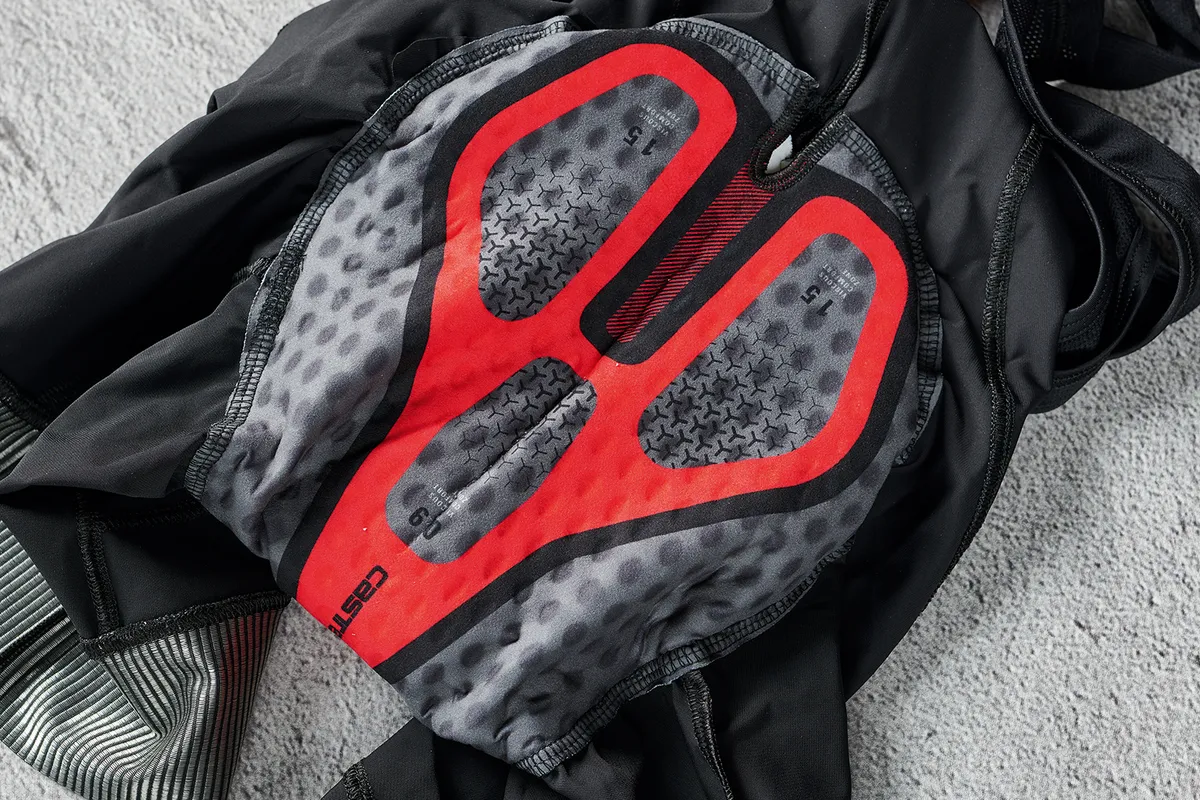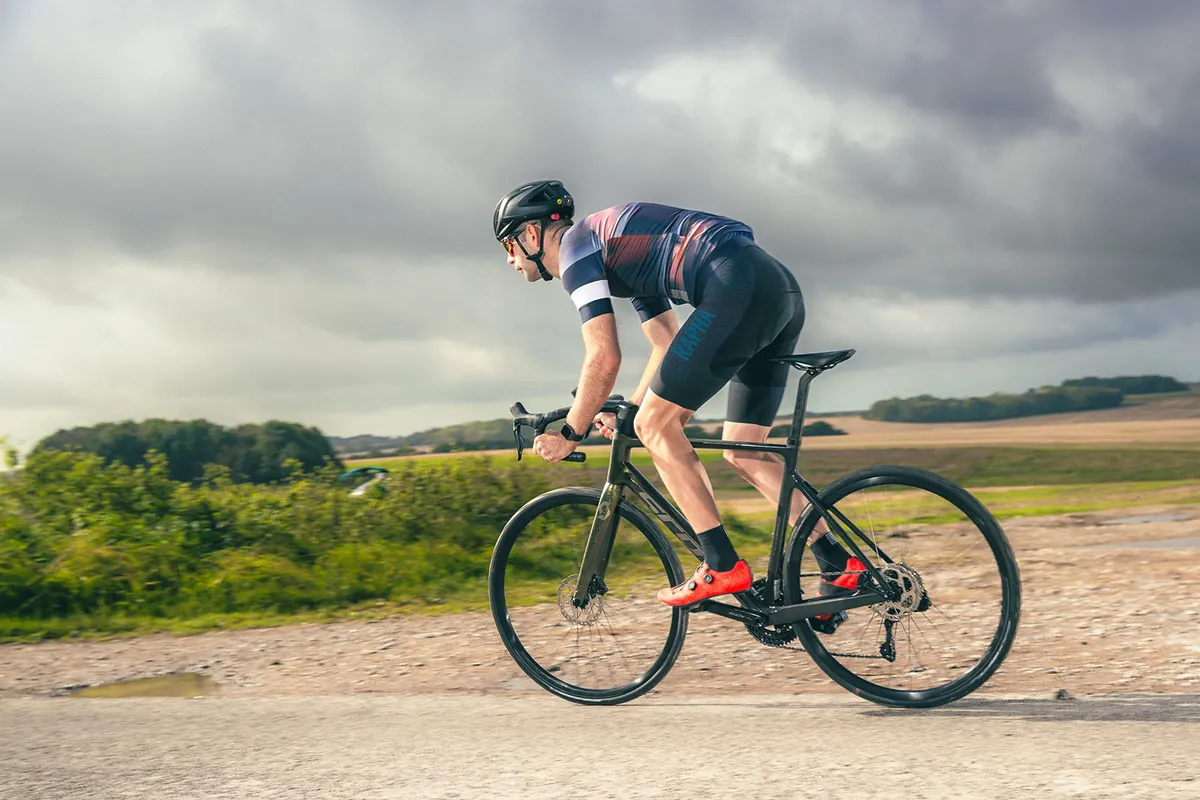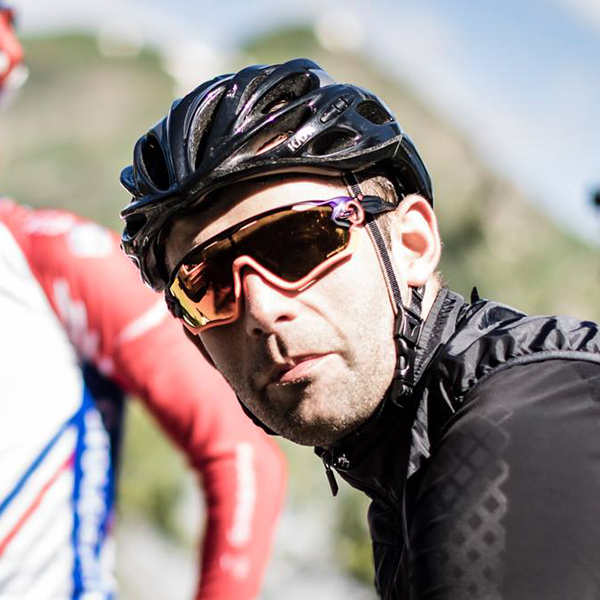I can’t believe that buying a set of bib shorts still amounts to glorified window shopping.
Given they are so important for ride comfort and performance, and our individual fit requirements are unique, why are we forced to rely on what someone else says about shorts before we commit a large chunk of money to buying a set?
As is the case almost universally in the clothing industry, once worn, you can’t return bib shorts. But to find out if they suit you, you have to wear them. It’s a Catch-22 situation that almost every bike rider has to endure.
The cycling industry needs to do better.
As unique as a snowflake

Given no two human beings are the same, it makes little sense to me that we categorise (and buy) bib shorts largely on the basis of marketed positioning, relative cost, reputation and a pinch of brand equity.
In addition, none of this is helped by brands pulling on the most common marketing levers in order to sell their shorts – none of which are that helpful to consumers.
For example, the webpage for the Q36.5 Dottore Pro bib shorts carries a simple quoted line from the brand's star rider, Tom Pidcock: “The best bib shorts I have ever worn.”
It’s quite possible that’s the honest truth (sorry, Bioracer, Gobik and Castelli – kit sponsors during Pidcock’s time at Ineos-Grenadiers). Equally, it’s hardly an objective appraisal that discerning bib shorts buyers should be paying attention to, given the brand’s relationship with the team.

A clothing company exists to sell clothes – not to altruistically clothe a few riders with no regard for profit (albeit, some are arguably better than others).
Additionally, Pidcock’s experience as a top-level 58-odd kilogram road racer isn’t particularly relevant to 99 per cent of those who might be interested in buying a pair.
In reality, we all have different requirements from our bib shorts, so this makes it nigh-on impossible for consumers to confidently pick the best shorts from what others say about them.
Wait a minute, Ash, you’ve just reviewed four sets of bib shorts…

That’s true, and dozens more besides over the years. Ostensibly, when I and my BikeRadar colleagues review bib shorts, we’re trying to advise what’s best so you can make informed buying decisions.
This is why, when I tested four pairs of bib shorts this year and was forced to conclude they were all worthy of a four-star score, I shuddered slightly. In our parlance, that means they’re “one of the best”.
Read my reviews of the bib shorts in question
I’m delighted that there are so many great products to choose from, but I know this creates its own dilemma.
We try to focus our reviewing efforts on things that could have an impact on an individual’s experience – for example, reflecting that the chamois is positioned further forward than average, or that the bib section’s straps are broad.

This is based on objective consideration in context of its competitors, rather than highly subjective interpretation. In this case, it’s hardly useful for me to tell you that “I found this chamois comfortable”, or “the bib section fitted me best”.
That’s only really insightful if you happen to have my specific fit needs – chances are, you don’t.
The question remains – which shorts among those (and the others in our list of the best bib shorts) are best for you?
The devil lies in the nuances of fit and comfort, of course – a blend of personal preferences and individual needs.
The crucial gap to plug

This means, if you’re going to buy the right bib shorts for you, you really need to be able to try before you buy.
Currently, this is fraught with difficulty. Bib shorts are designed to be worn without underwear, presenting obvious hygiene challenges.
To an extent, chamois pads also conform to riders after a while, so the experience the first person would have would be a little different from the 10th person, for example.
The cost of supplying bike shops and bike fitters with enough samples is also a hurdle – as is brands’ willingness to take the focus away from more controllable marketing strategies, such as Pidcock’s public endorsement.

However, the experience of trying out bib shorts – imperfect as it may be – is the best way to ascertain what might work best for you.
Sadly, there are precious few brands that offer a cast-iron guarantee of returning bib shorts because they don’t suit you (as opposed to manufacturing defects covered by a typical warranty).
Endura is one notable exception, which offers a 90-day period in which to return a product from specific lines (MT500, MTR, D2Z or Pro SL). Crucially, they can be worn – i.e. you can test properly before deciding whether they’re right for you.
However, you can only do this once in a calendar year – a strict limitation, but an understandable one implemented to protect itself from policy misuse.
Irrespective of that, Endura’s example is one other brands should follow, especially for those that pitch themselves towards the ‘premium’ end of the market.
If a rider is expected to part with larger sums of money – sometimes £250 ($330) or more – shouldn’t they have a certain assurance that what they’re buying is right for them?
Over to you, bib shorts brands.
